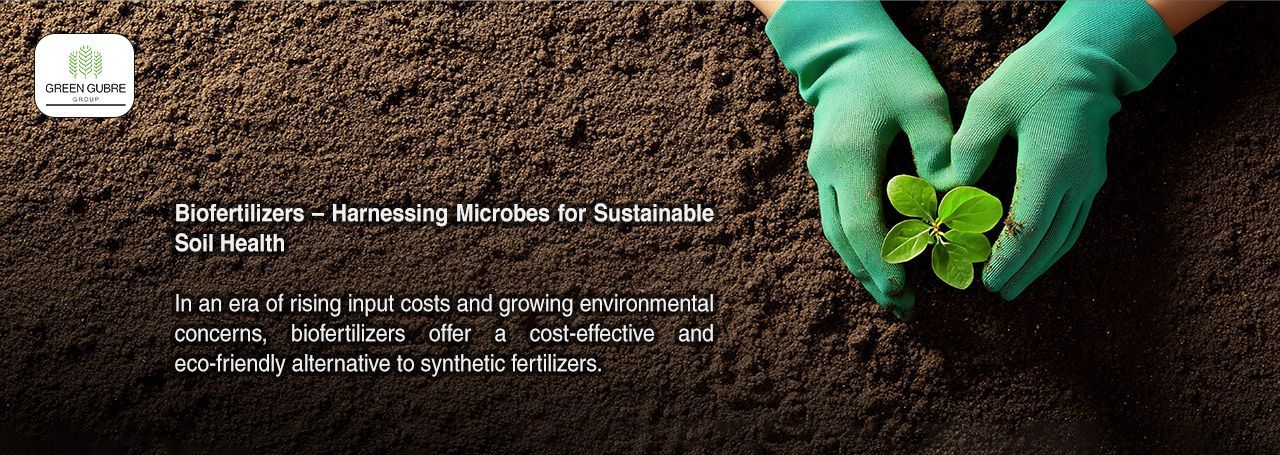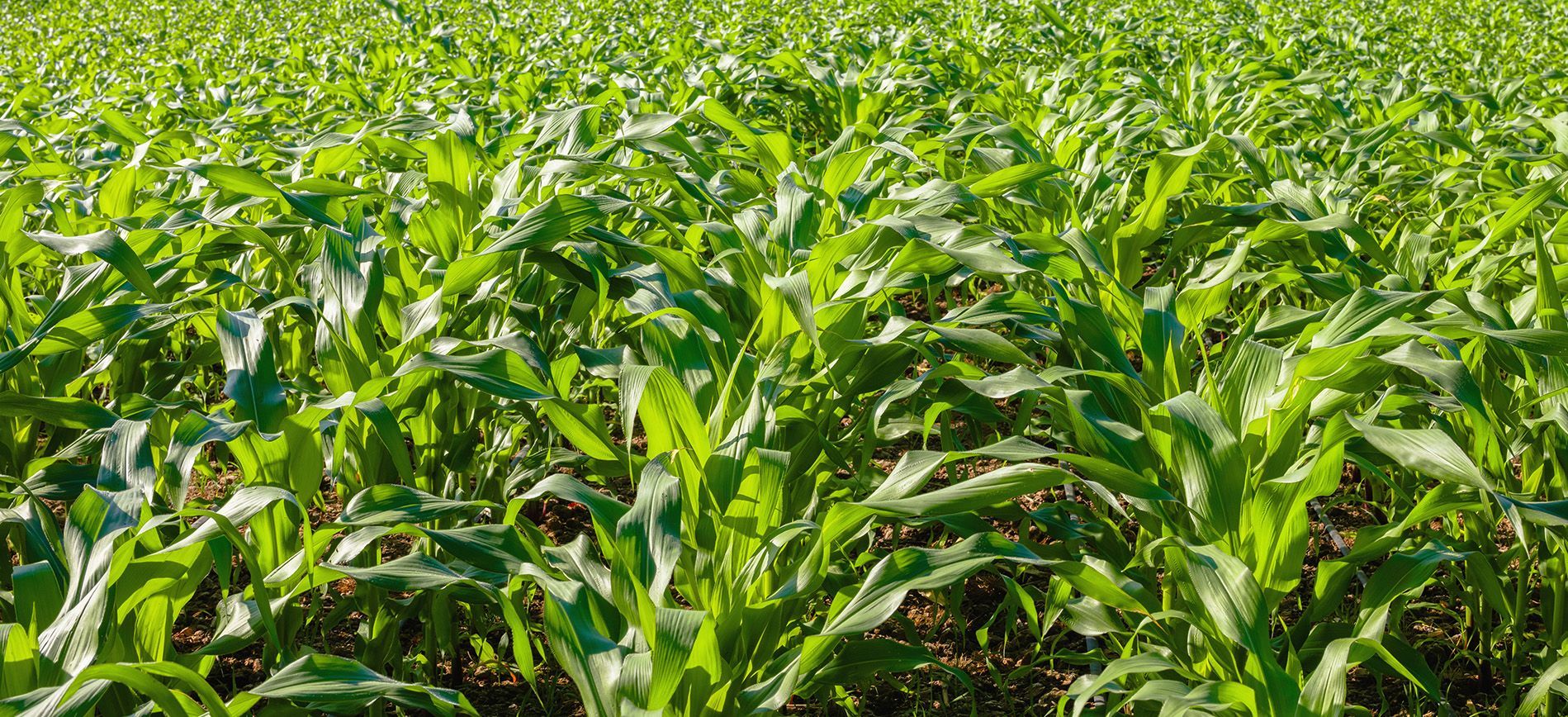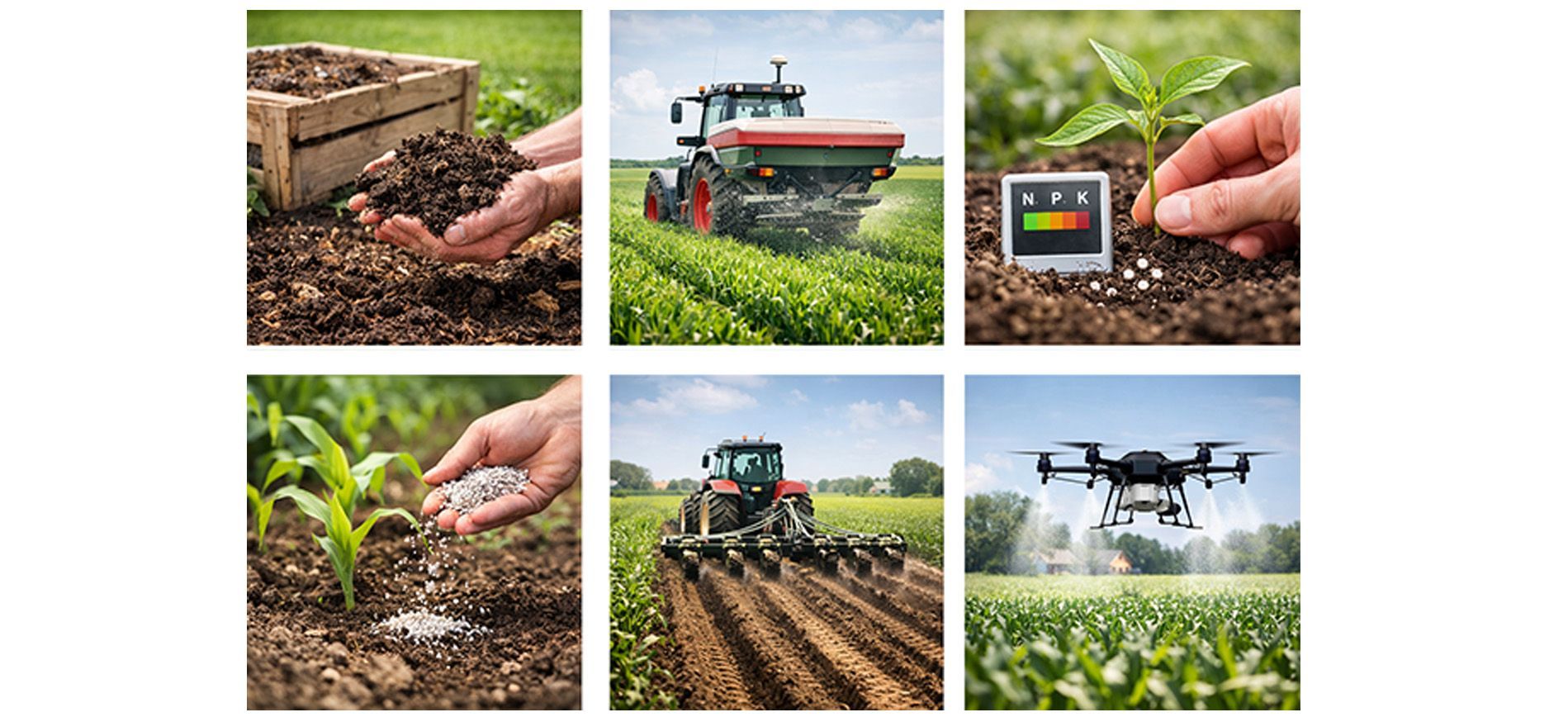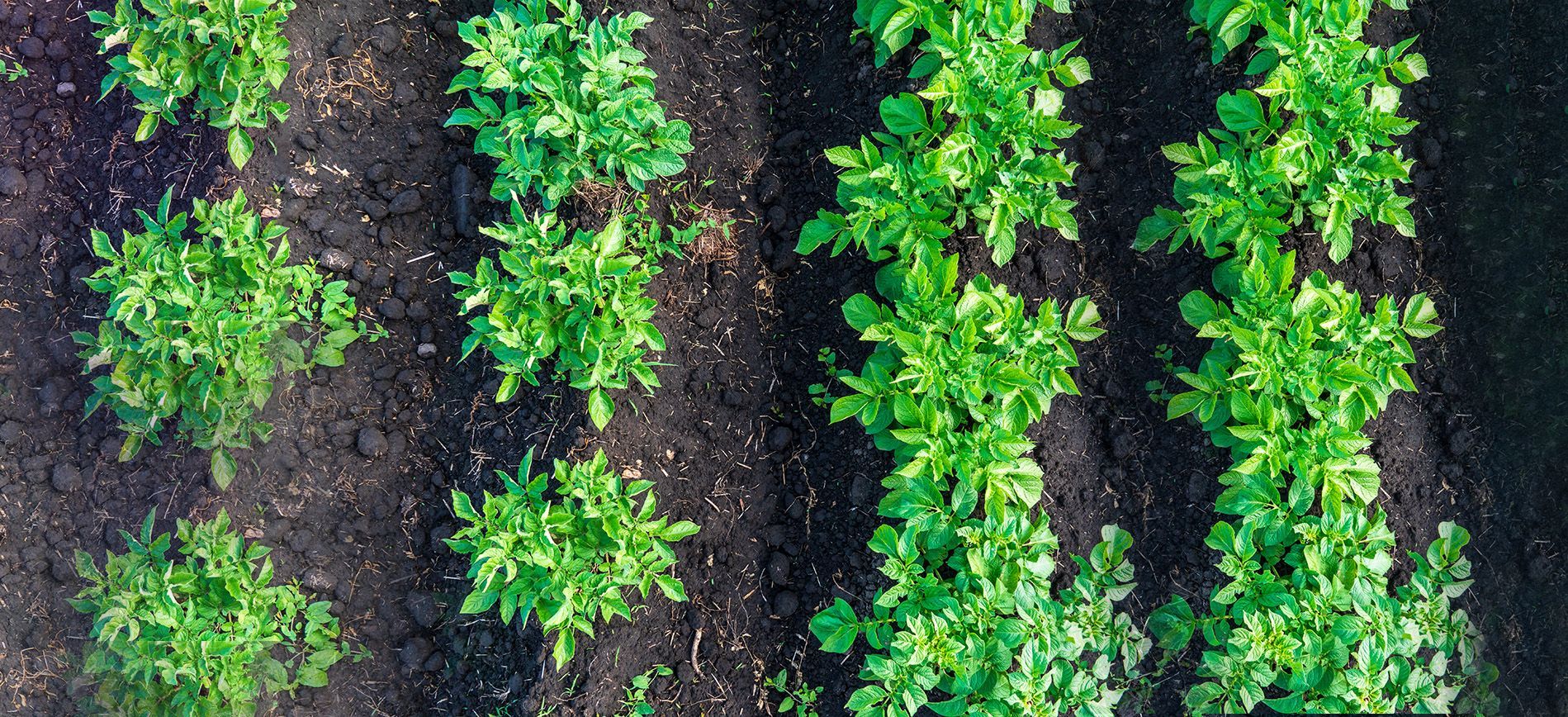Biofertilizers – Harnessing Microbes for Sustainable Soil Health
Biofertilizers – Harnessing Microbes for Sustainable Soil Health

Introduction: Nature’s Solution to Soil Fertility
In an era of rising input costs and growing environmental concerns, biofertilizers offer a cost-effective and eco-friendly alternative to synthetic fertilizers. These living microbial inoculants enhance plant nutrition by fixing atmospheric nitrogen, solubilizing soil phosphorus, or stimulating plant growth through biological processes. Particularly in resource-constrained or degraded environments, biofertilizers help rejuvenate soil fertility and support sustainable agriculture.
1. What Are Biofertilizers?
Biofertilizers contain live microorganisms—bacteria, fungi, or algae—that promote plant growth by:
- Fixing atmospheric nitrogen (e.g., Rhizobium, Azotobacter)
- Solubilizing insoluble phosphate (e.g., Pseudomonas, Bacillus)
- Producing growth-promoting substances (e.g., auxins, cytokinins)
- Enhancing root colonization (e.g., mycorrhizal fungi)
Types of biofertilizers:
- Nitrogen-Fixers: Rhizobium for legumes, Azospirillum for cereals
- Phosphate-Solubilizers: Bacillus megaterium, Pseudomonas striata
- Potassium Mobilizers: Frateuria aurantia
- Mycorrhizae: Glomus species for improved water and nutrient uptake
🔗 ICRISAT – Microbial Fertilizers in Sustainable Agriculture
2. Agronomic and Environmental Benefits
- Improved Soil Structure: Enhanced microbial activity promotes the decomposition and aggregation of organic matter, resulting in a more stable and resilient soil structure.
- Reduced Chemical Dependence: Lowers the need for synthetic NPK inputs.
- Increased Yield Stability: Boosts resilience in low-input or degraded systems.
- Eco-Friendly and Renewable: Does not contaminate groundwater or contribute to GHG emissions.
Studies in India and Africa have demonstrated that biofertilizers can increase crop yields by 10–25% when used in conjunction with or as an alternative to chemical fertilizers.
3. Best Fit Crops and Conditions
Biofertilizers are especially effective in:
- Legumes: Rhizobium improves nitrogen fixation and pod yield
- Rice and Wheat: Azospirillum and Azotobacter enhance root biomass and tillering
- Vegetables and Fruits: Mycorrhizal fungi improve nutrient uptake and disease resistance
- Degraded Soils: Biofertilizers rebuild soil health in saline, acidic, or nutrient-poor areas
Many organic and low-input systems rely on biofertilizers to maintain long-term soil productivity.
4. Challenges in Adoption
Despite their benefits, biofertilizers face adoption barriers:
- Short Shelf Life: Living organisms require cool, dry storage and limited exposure
- Application Knowledge: Improper usage can result in poor efficacy
- Quality Variability: Inconsistent formulations and contamination affect field performance
- Lack of Awareness: Many farmers are unaware of the benefits or correct usage protocols
5. Green Gubre Group – Enabling Biological Agriculture
At Green Gubre Group, we support a transition to biological inputs through:
- High-quality liquid and powder biofertilizers for legumes, cereals, and vegetables
- Mycorrhizal and phosphate-solubilizing blends for degraded soils
- Technical guidance on inoculation techniques and compatibility with crop schedules
- Tailored solutions for organic and integrated nutrient management systems
By partnering with nature’s nutrient providers, we help farmers restore soils and produce more sustainably.




